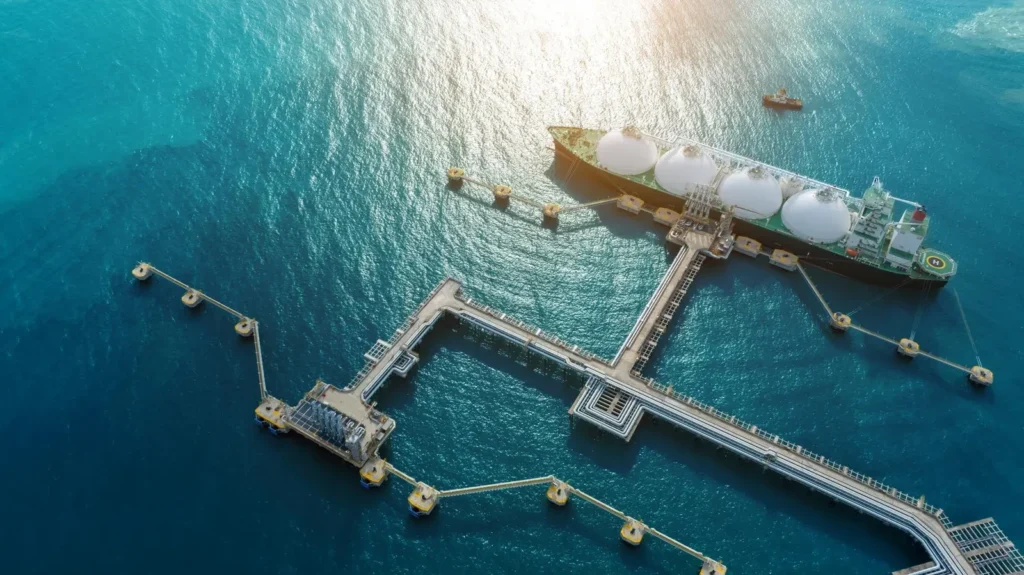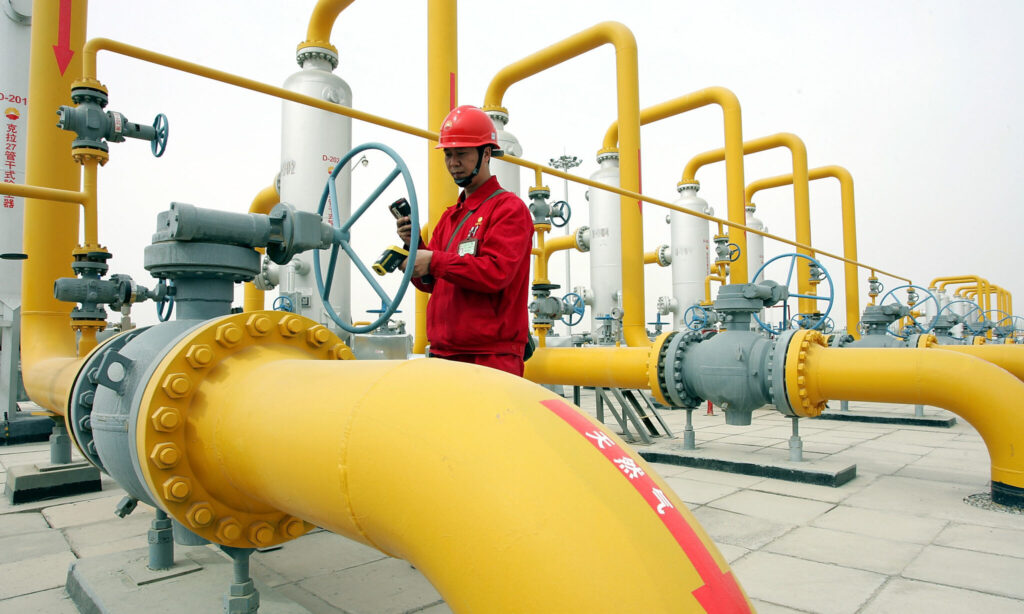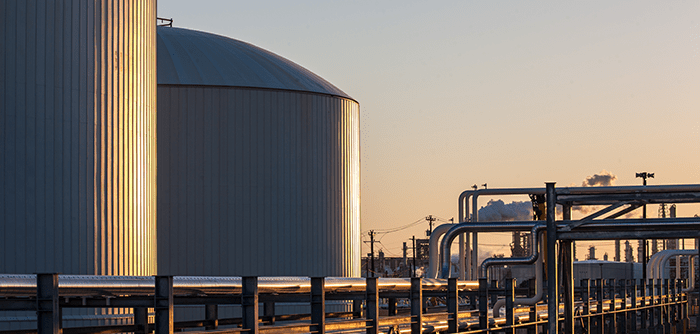The European Network for Transmission System Operators for Gas (ENTSOG) has revealed that gas storage facilities accounted for more than 30% of the European Union’s (EU) gas consumption during the past winter season—an essential buffer against both supply volatility and skyrocketing prices.
In its highly anticipated 2025 Summer Supply Outlook published today, ENTSOG highlighted the indispensable role that gas storage continues to play in ensuring Europe’s energy security.
The ENTSOG’s analysis, accompanied by a review of the 2024 summer season and preliminary insights into the upcoming winter of 2025/26, underscores the urgency of refilling gas storages ahead of next winter.
“Gas storage has once again proven to be an economic and strategic asset.
“It helped shield European consumers and industries from dramatic price surges. Beyond providing volume, storage acts as a stabilizer in a volatile global energy market.”
European Network for Transmission System Operators for Gas (ENTSOG)

Gas Infrastructure Europe (GIE) data shows that net injections into storage have already begun since the end of March, marking the traditional start of the seasonal refill period.
The report revealed that as of April 1, 2025, the end of the winter season and gas year, storage levels in the EU stood at 34%. This is lower than the 2023 and 2024 post-winter levels, which benefitted from unusually mild winters and lower consumption.
However, the current level is consistent with pre-crisis averages, which is a reassuring sign for policymakers and market operators.
“To replenish gas storage in preparation for the upcoming winter, Europe will require a higher volume of LNG compared to the previous summers (as approx. 631 TWh/~57 bcm of gas needs to be injected in EU storage to reach 90%).”
European Network for Transmission System Operators for Gas (ENTSOG)
The report emphasized a growing reliance on Liquefied Natural Gas (LNG) as Europe pivots away from Russian pipeline supplies.
In the reference scenario, LNG is projected to constitute over 40% of the summer supply, outpacing traditional providers like Norway and North Africa. However, this growing dependence exposes the continent to global market dynamics and logistical risks.
“In the case of full Russian pipeline disruption, additional LNG volumes—approximately 57 TWh (~5 bcm)—or a prolonged injection season into November would be required to meet the 90% storage target.”
European Network for Transmission System Operators for Gas (ENTSOG)
Under a low LNG supply scenario, the EU would only reach 78% of its storage target unless policy-driven demand-side responses or aggressive purchasing strategies are implemented.
With no Russian gas and low LNG availability, storage levels could dip to 69%, raising concerns about the bloc’s resilience ahead of the colder months.
EU Demand Trends and Domestic Production

While demand remains stable, forecasts reflect a slight increase in electricity-related gas consumption, especially as industries and households transition to electric heating and EVs.
At the same time, domestic production continues to decline, particularly with the closure of the Groningen field in the Netherlands and limited new developments.
“Despite increased imports and infrastructure upgrades, Europe’s dwindling domestic production and reliance on volatile markets for LNG make coordinated action more important than ever.”
European Network for Transmission System Operators for Gas (ENTSOG)
Looking ahead to the 2025/26 winter season, the report anticipates greater strain under scenarios of high demand and continued geopolitical uncertainty.
If Russia halts all pipeline flows and LNG remains limited, simulations show storage could fall to just 11% by March 2026, potentially triggering widespread demand curtailments of 4–12%.
“Maintaining adequate LNG volumes and ensuring early injections are essential to avoid emergency measures.”
European Network for Transmission System Operators for Gas (ENTSOG)

Even in the most optimistic case—with full LNG capacity—certain Central and Eastern European countries could face bottlenecks unless cooperation and infrastructure sharing improve.
Moreover, ENTSOG acknowledged that several member states are already reserving part of their gas stocks as strategic reserves, which are excluded from normal market withdrawals and intended to cushion against extreme supply shocks.
To safeguard the continent’s energy future, ENTSOG urges early action: “Sensitivities performed to understand the consequence of different potential supply limitations and storage levels show that injection should start as early as possible.”
The message is clear: Europe’s energy security this winter will be determined not just by how much gas is stored—but how quickly and efficiently the region responds to the emerging supply and demand pressures.
READ ALSO: GSE Records Tepid Trading Session with Ghana Oil Company as Sole Gainer







